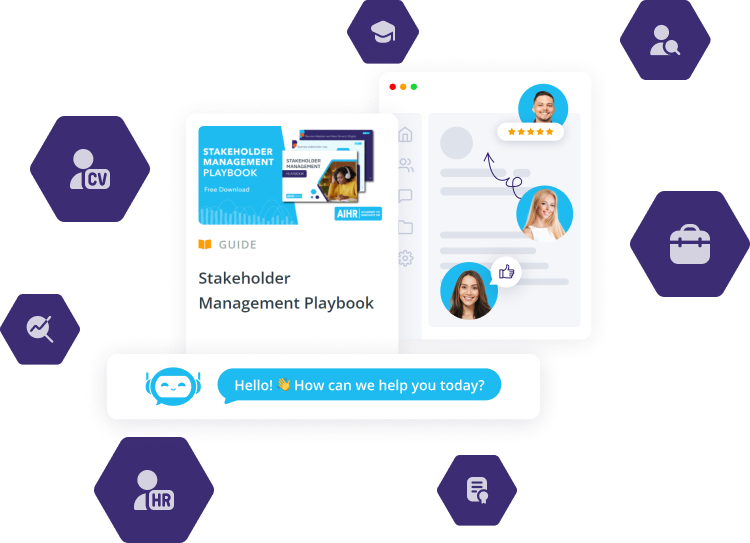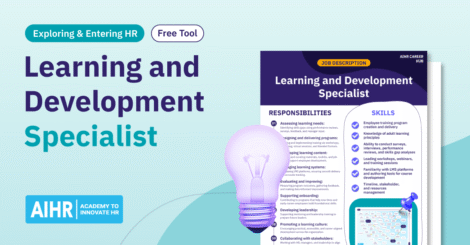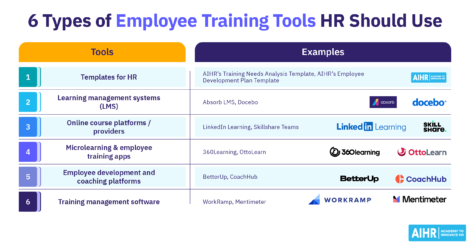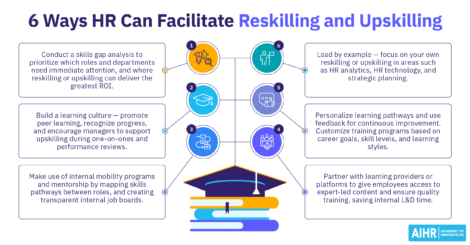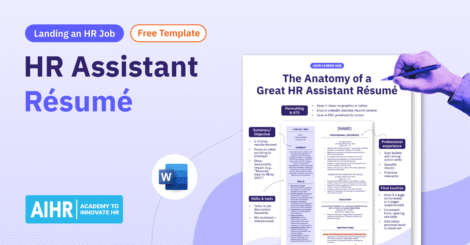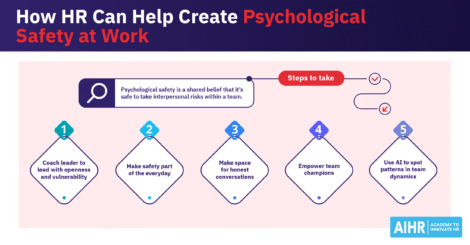Around 70% of employees say they lack the professional skills they need, signaling the importance of solid training programs. However, to ensure this, you must conduct a training needs assessment and ask the right training needs assessment questions.
These questions must focus on the skills and resources employees need to support business goals, boost productivity, and maintain quality. This means spotting skills gaps and determining what kind of training will close them. This article discusses why these questions are essential and provides 43 such questions to help guide your organization’s training needs assessment.
Contents
Why is a training needs assessment important?
43 training needs assessment questions to ask employees
How to interpret training needs assessment results
HR checklist: Conduct an impactful training needs assessment
Why is a training needs assessment important?
A training needs assessment shows where employees lack the skills they need to do their jobs well. It’s one of the most critical steps in building an effective learning strategy and can drive targeted training that supports company goals and helps employees grow. It can also help your organization save time and money, as unchecked skills gaps can eat into its budget.
Consider this example: Your sales team keeps missing targets, and you suspect it’s a product knowledge issue. However, a proper assessment shows the real gap: poor negotiation and closing skills. Now, you can focus on advanced negotiation training that boosts results instead of wasting time or money on a non-existent problem.
A training needs assessment helps you avoid one-size-fits-all programs. It ties learning to business goals, increases productivity, improves engagement, and supports long-term success.
HR’s role in conducting training needs assessments
HR plays a key role in shaping the skills and future of the company’s workforce. As a bridge between business needs and employee development, HR is in charge of identifying and solving training gaps. Here’s how:
- Collect data: Use surveys, interviews, performance reviews, HR metrics, job descriptions, HR reports, and LMS data. Check what training staff have already undergone, and if it can be improved or should be replaced.
- Analyze data: Spot patterns, uncover gaps, and flag hidden issues. Weigh training costs and benefits, and define training goals and expected results.
- Work with managers: Confirm findings, get context, gather feedback, and build training plans that fit each team’s needs.
When HR leads the assessment, training can focus on real performance issues instead of guesses or complaints. This approach also supports better workforce planning, talent development, and retention. Additionally, it ensures the right employees get the right training at the right time and minimizes resource waste.
43 training needs assessment questions to ask employees
The key to a successful training needs survey is asking the right questions, including those that reveal legitimate performance barriers and learning opportunities. Below are 33 questions you can use to guide your next training needs assessment questionnaire.
Questions on general skills and knowledge gaps
Before designing any training program, it’s crucial to first identify the biggest skill gaps in the organization. These questions help you prioritize training programs that directly improve productivity and performance.
- What skills do you believe are most critical for success in your current role?
- Which tasks do you find most challenging due to a lack of training or experience?
- Are there any industry trends, systems, or technologies you feel unprepared to handle?
- What additional knowledge or skills would help you do your job more confidently?
- What training or development opportunities would enhance your knowledge and skills?
- Do you have any feedback or suggestions for improving the company’s training programs or opportunities?
Role-specific questions
Different roles require different capabilities. These questions help identify specialized training needs within specific teams, functions, or job levels.
- What tools or software do you use daily that you feel you need more training for?
- Are there specific processes in your role that additional training could improve?
- What part of your role do you feel least confident in?
- What kind of training would help you fulfill your role more efficiently?
- As the business changes, do you see a need for specific training (e.g., in technology, customer focus, or soft skills)?
- What are your career goals and aspirations, and what training would help you reach them?
- Are there any industry certifications you’d like to obtain to demonstrate your expertise?
- What type of training would you recommend for new hires to ensure smooth onboarding for this role?
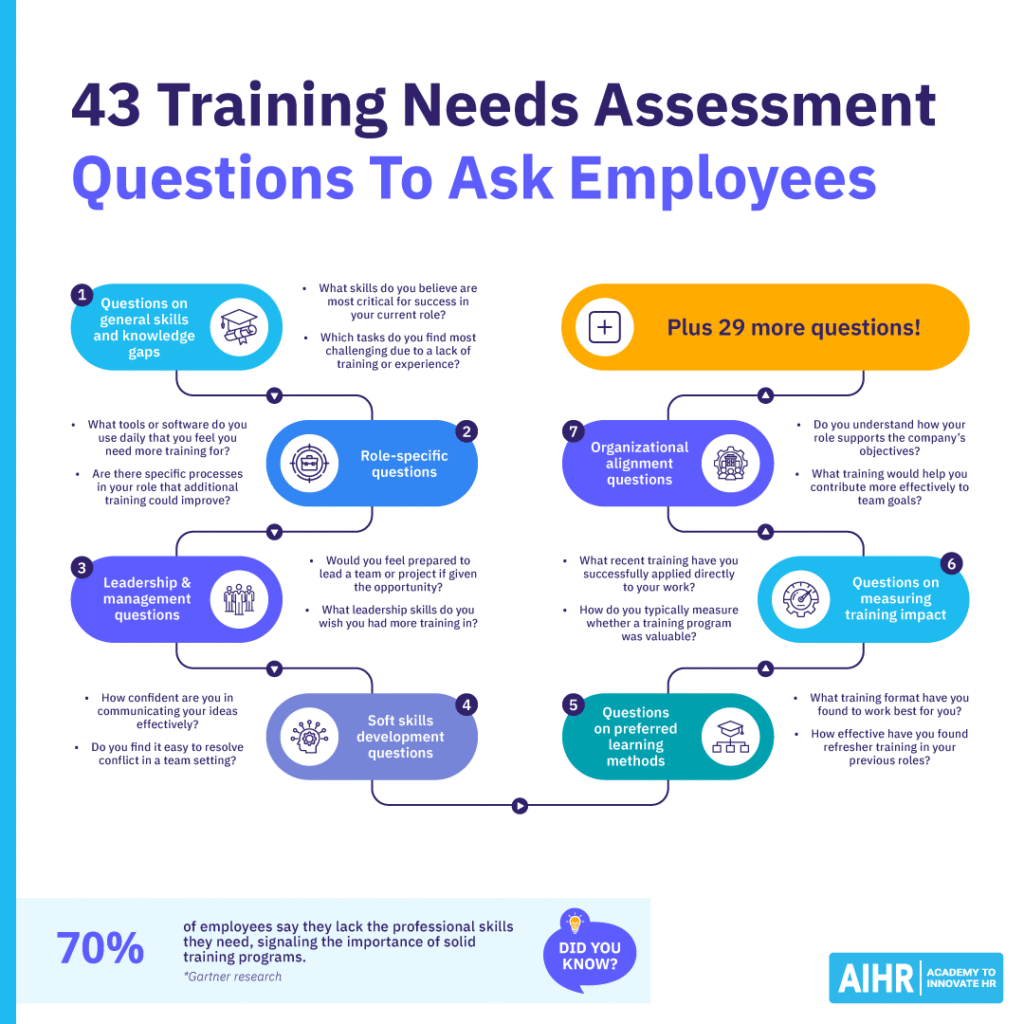
Leadership and management questions
Employees can develop strong leadership skills through targeted training. These questions help evaluate readiness for leadership, and gaps in relevant skills.
- Would you feel prepared to lead a team or project if given the opportunity?
- What leadership skills do you wish you had more training in?
- How comfortable are you with giving feedback and managing performance?
- What aspects of managing people do you find most challenging?
- Are you well-versed in the company’s policies?
- How do you handle employee relations or disciplinary issues?
- How familiar are you with employment compliance laws (e.g., leave policies, wage regulations)?
Soft skills development questions
Soft skills, such as communication, adaptability, and teamwork, are essential to almost every role, as they impact collaboration, conflict resolution, and overall team dynamics. These questions help assess these skills in employees.
- How confident are you in communicating your ideas effectively?
- Do you find it easy to resolve conflict in a team setting?
- How easily do you adapt to sudden changes or new priorities?
- What interpersonal skills would enhance your effectiveness at work?
- Are you comfortable communicating both verbally and in writing?
- What training would equip you to handle workplace diversity and inclusion effectively?
- What training would help you more confidently network and build professional relationships with key stakeholders?
Learn to conduct successful training needs assessments
Build your skills in conducting training needs assessments successfully, including asking the right training needs assessment questions, to benefit your organization and its workforce.
AIHR’s Learning & Development Certificate Program teaches you to develop an effective training program and create a learning culture to help close skills gaps, enable digital transformation, and retain top talent.
Questions on preferred learning methods
Understanding employees’ preferred learning methods and formats can improve engagement and retention. These questions can help you tailor delivery formats to individual preferences.
- Do you prefer learning through videos, live workshops, reading, or hands-on practice?
- What training format have you found to work best for you?
- Would you prefer shorter, ongoing micro-learning or longer, in-depth sessions?
- How important is it for you to have access to on-demand learning resources?
- How effective have you found refresher training in your previous roles?
- Have you participated in short-term job shadowing or job rotations as a learning method?
Questions on measuring training impact
Training must translate into measurable change. These questions evaluate the effectiveness and relevance of your organization’s past training programs.
- Have previous training sessions at the company helped you improve your performance?
- What recent training have you successfully applied directly to your work?
- How do you typically measure whether a training program was valuable?
- What changes have you noticed in your performance after attending a training program?
Organizational alignment questions
These questions explore whether employees understand how their work and development contribute to broader business goals and the extent of their understanding in this area.
- Do you understand how your role supports the company’s objectives?
- What training would help you contribute more effectively to team goals?
- Are there skills you think the organization is lacking overall?
- How well do you think the company’s current training programs align with its business priorities?
- Does your manager solicit your input regarding company goals and strategies, and how does your role support them?
How to interpret training needs assessment results
Once you’ve collected data from employees’ answers to your questions, the next step is interpreting it accurately. Below are several tips to help you convert data into action items:
Look for patterns
Don’t overreact to one-off comments since those are often just outliers. Focus on issues that come up repeatedly across different responses and departments, as these usually signal wider skills gaps and more significant issues that need urgent or immediate attention.
Segment responses
Group responses by department, team, or job role help you see where the skills gaps are. As such, it also allows you to tailor your company’s training to the right audiences rather than take a one-size-fits-all approach that will fail, especially if you have a diverse workforce.
Prioritize by impact
Identify which skills gaps in your workforce directly affect the organization’s business goals, KPIs, or customer outcomes. Pay close attention to this data, as these are the high-impact areas in which training will drive measurable results the fastest.
Balance short- and long-term goals
While it’s important to address quick fixes like tool or process training immediately, be sure not to lose sight of long-term development needs. These include acquiring and improving leadership or digital skills, which typically take more time to learn and develop.
Validate findings
Share your results with team leads and managers in order to get their input and allow them to provide relevant context. They can confirm whether the gaps you’ve identified reflect real challenges and provide additional information to help you fine-tune your conclusions.
Create a skills roadmap
Turn your findings into a clear action plan for developing a training strategy. Map out which skills to develop, who needs them, what type of training is required, and how these align with both individual career paths and broader organizational goals and vision.
HR checklist: Conduct an impactful training needs assessment
A successful training needs assessment is more than just a survey; it’s a strategic exercise. Here’s how to make your assessment more impactful:
- Start with clear business objectives: Know what your organization wants to achieve, whether it’s boosting sales, improving service, or cutting errors. This helps you keep the assessment focused and targeted, and ensures training doesn’t just support your workforce but also contributes to the bigger picture.
- Use a mix of methods: Don’t rely on surveys alone. Combine them with interviews, observation, and performance reviews to get a fuller picture of what kind of training and resources different employees actually need to perform better at work. This also helps avoid the ineffective one-size-fits-all approach.
- Develop a structured questionnaire: Create a consistent set of questions to avoid confusion and make it easier to compare results across teams. This ensures you’re collecting useful, relevant data from every participant, allowing you to make better use of your time and your team.
- Involve department heads and managers: Department heads and managers can see performance gaps up close. Bring them into the process early to help you write better questions, interpret results within the context of day-to-day operations, and better inform your employee training and development strategy.
- Analyze data carefully: Look beyond surface-level feedback. Assess trends in clear detail, link them to business outcomes, and identify root causes of skills gaps and other relevant issues. This allows you to develop more strategic and effective training plans for employees.
- Communicate insights clearly: Present your findings in plain language to key stakeholders. Focus on what the data means for the business, and outline the training needs in a way that’s easy to act on. This will help you obtain crucial buy-in from stakeholders, which will, in turn, get the rest of the workforce on board.
- Provide actionable next steps: Turn insights into a list of specific actions — who needs what training, when, and how it will be delivered. This makes it easier for teams and their leaders to follow through, as well as for your HR team to track progress.
- Follow-up post-training: After training, determine if it’s made a difference. Use employee feedback, performance data, or follow-up assessments to measure success. This will help you improve how you conduct training needs assessments and plan training programs in the future.
To sum up
A well-planned and delivered training needs assessment, boosted by useful training needs assessment questions, is the foundation for effective, relevant, and meaningful long-term employee development. It ensures you’re not just offering training for training’s sake, but for delivering learning experiences that directly contribute to individual and organizational growth.
By asking the right training needs assessment questions, analyzing the results, and syncing training initiatives with company goals, your HR team can turn learning into a competitive advantage that also drives employee development.


